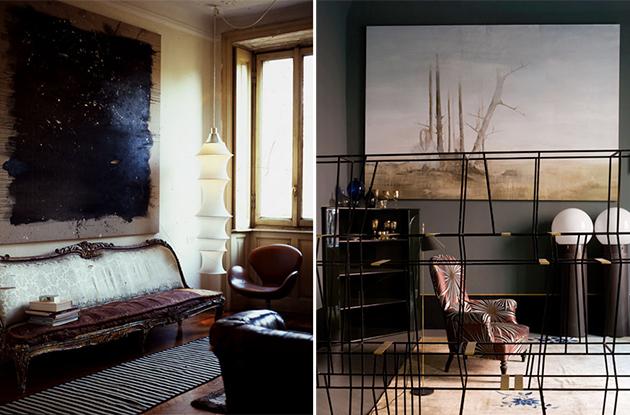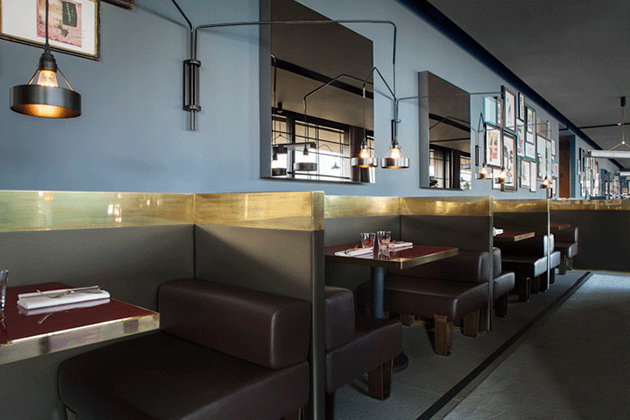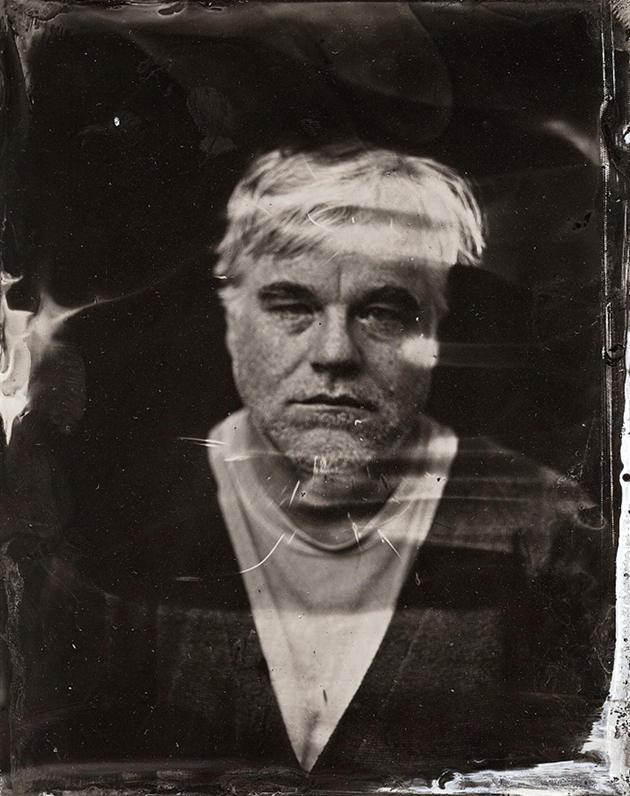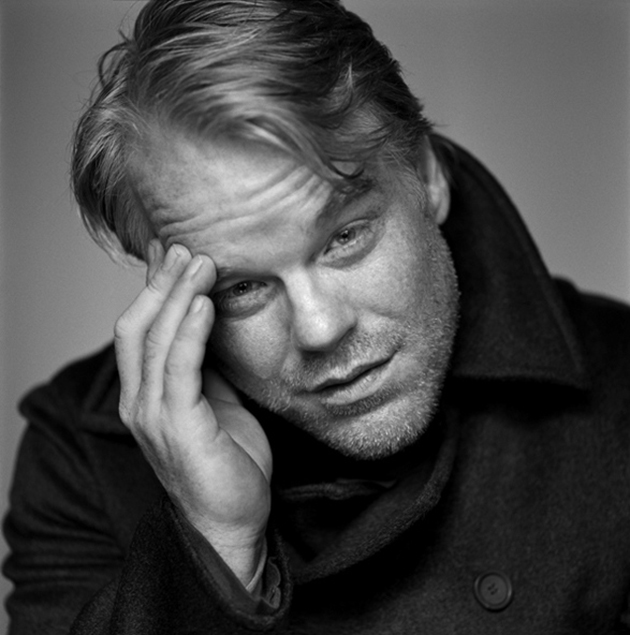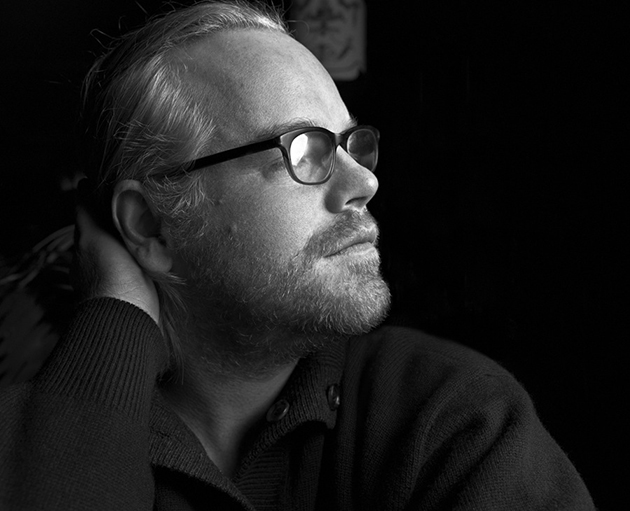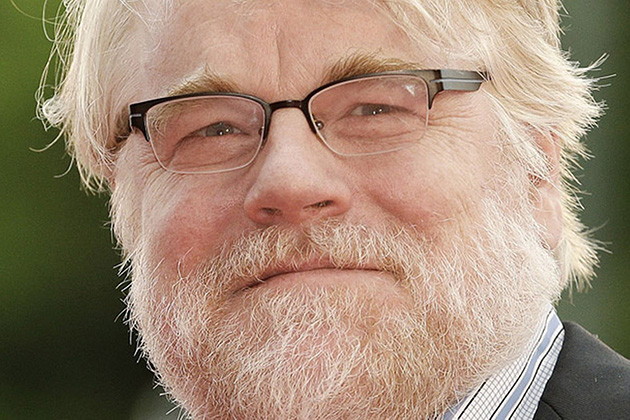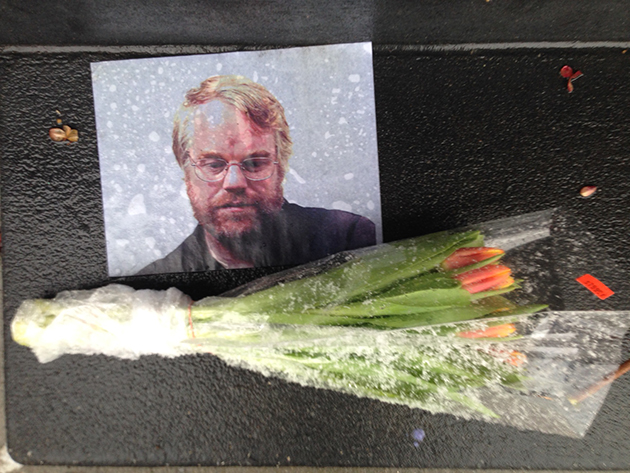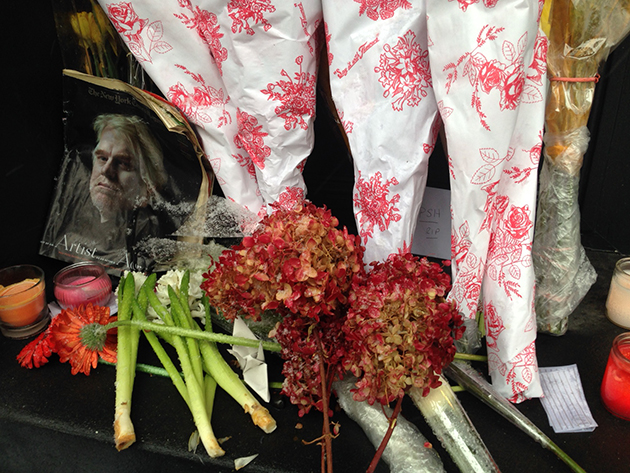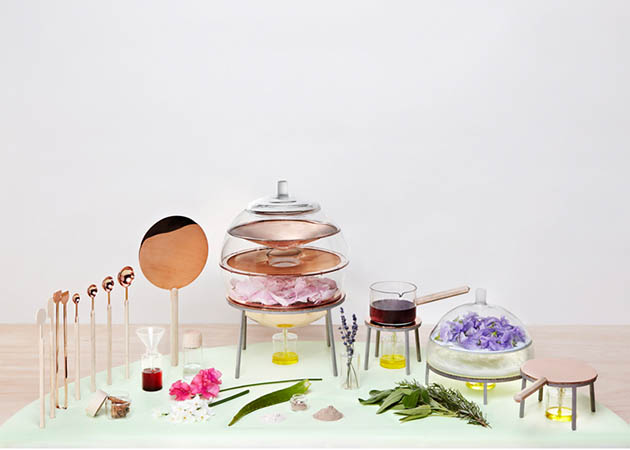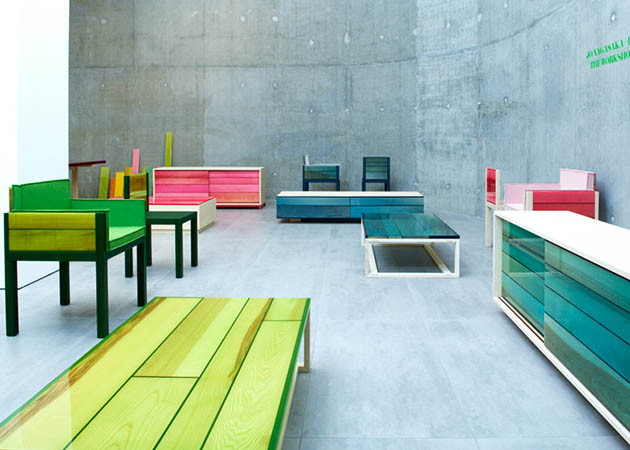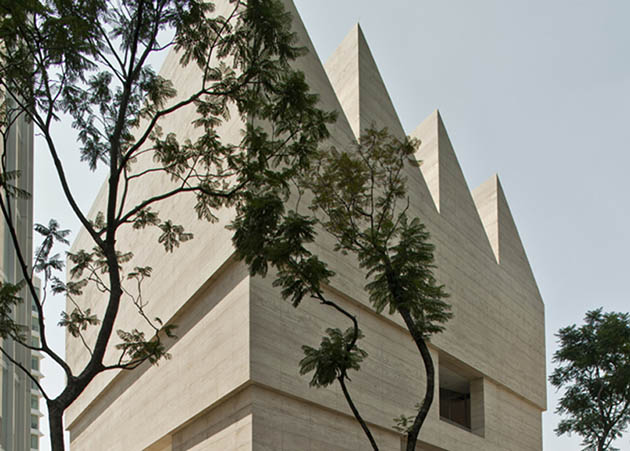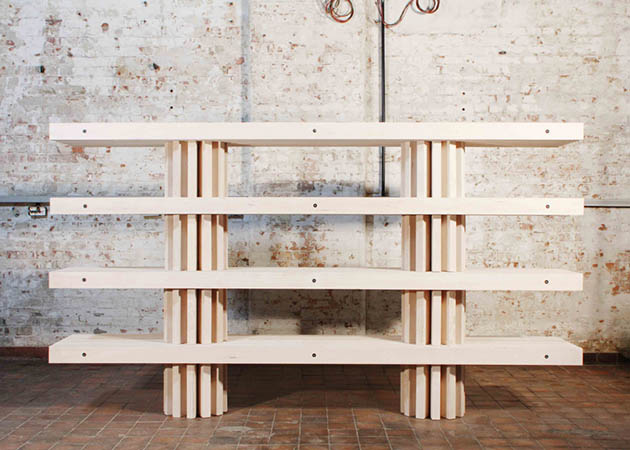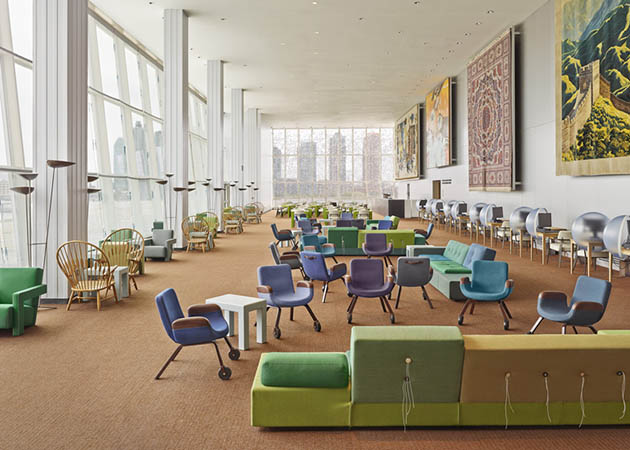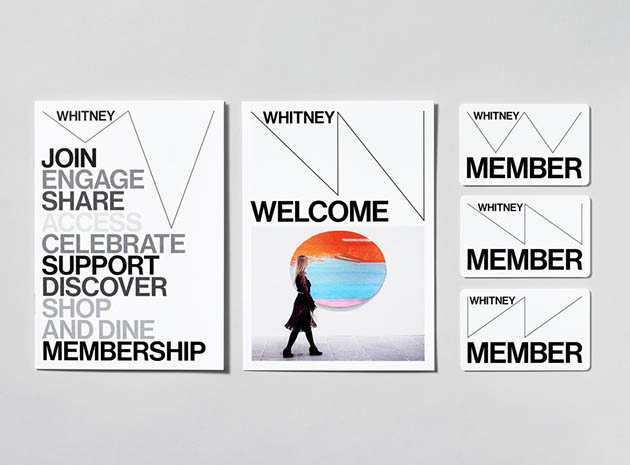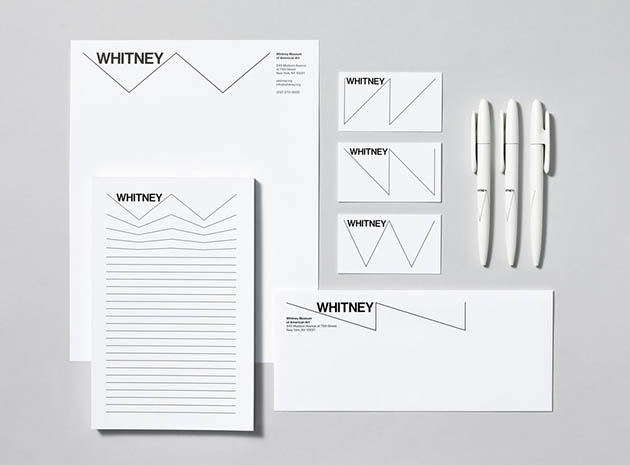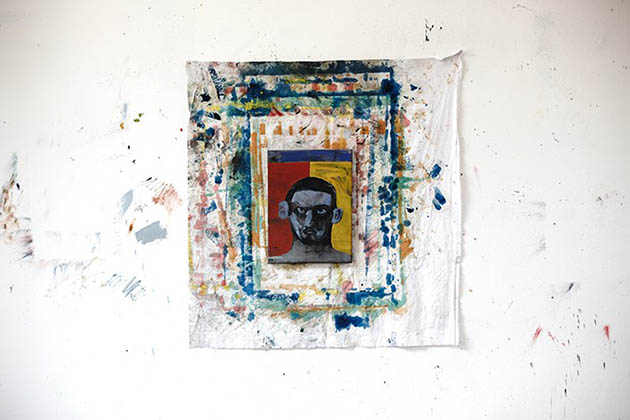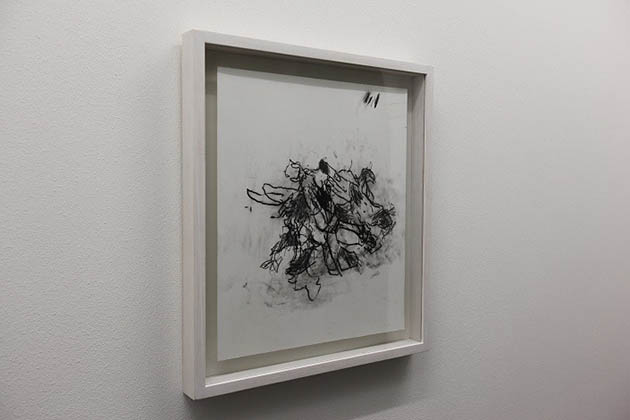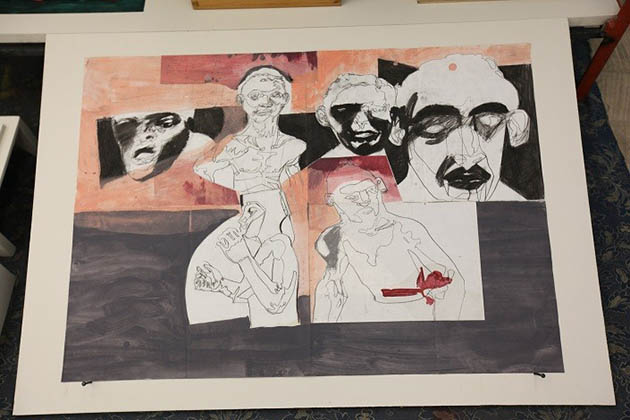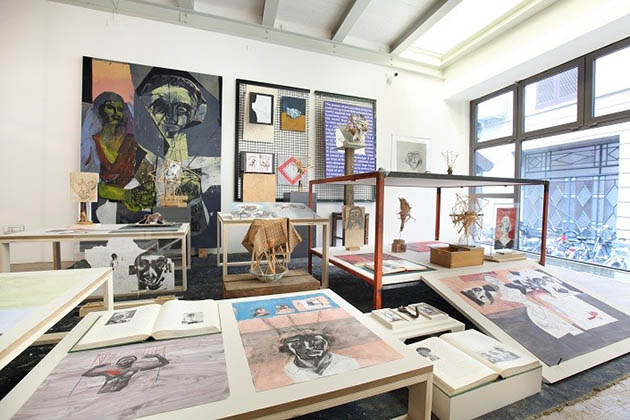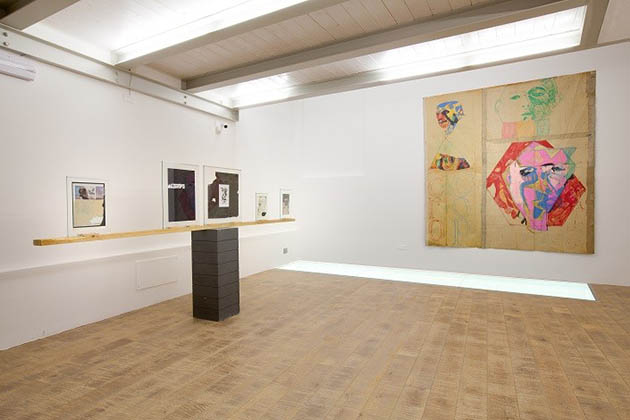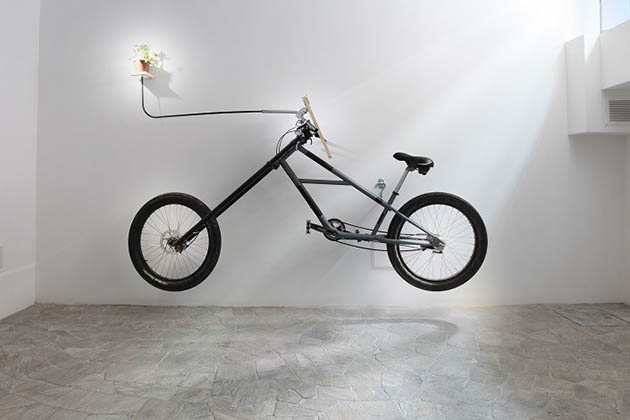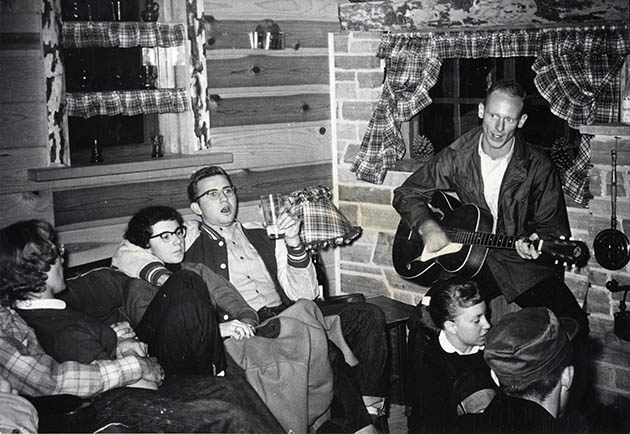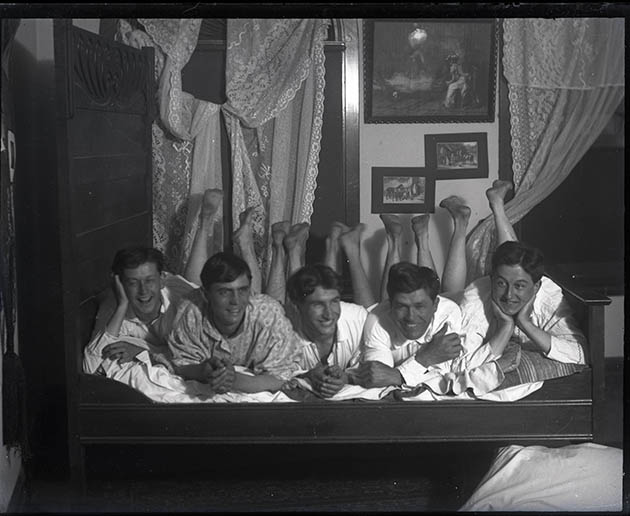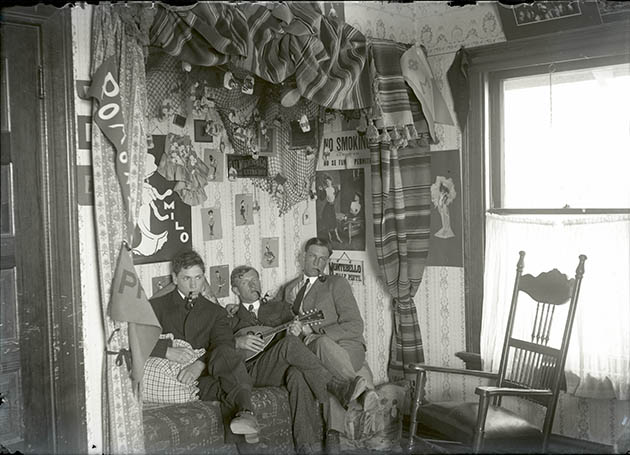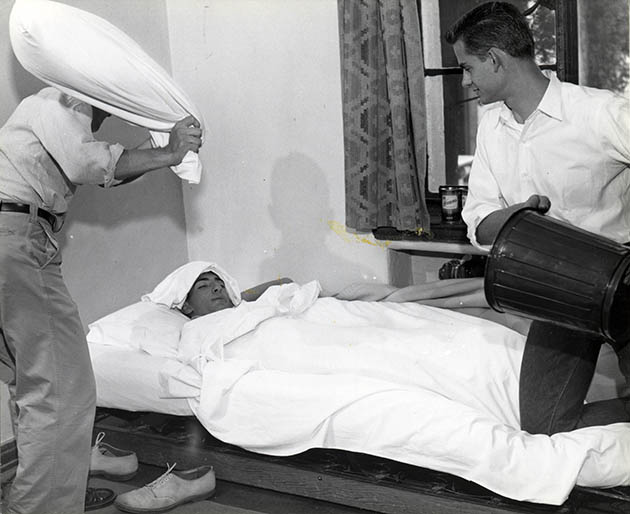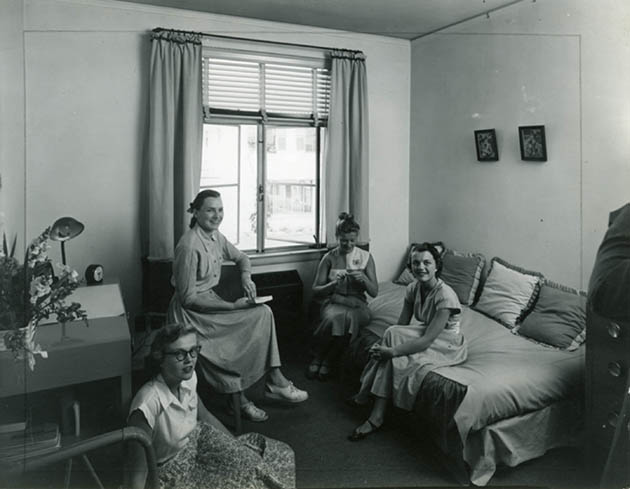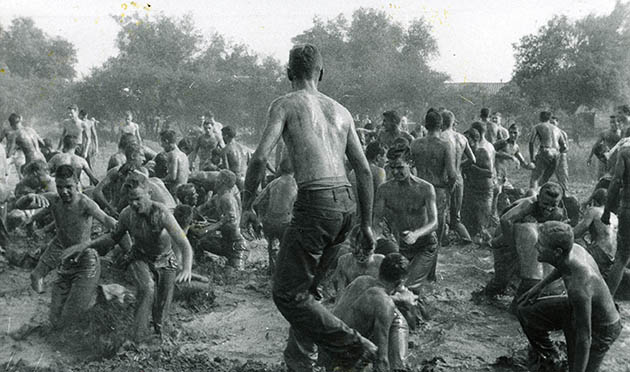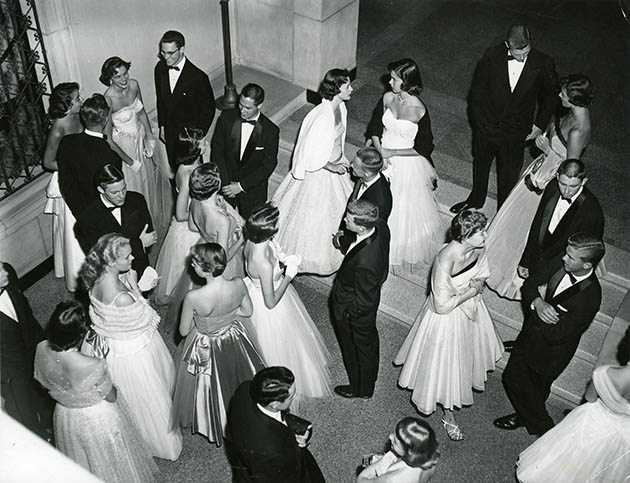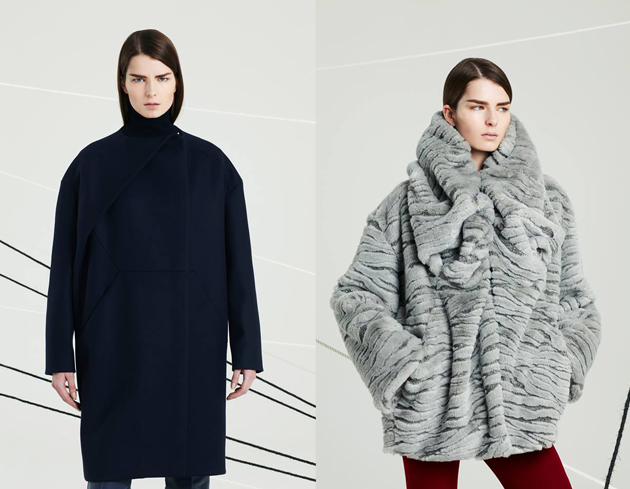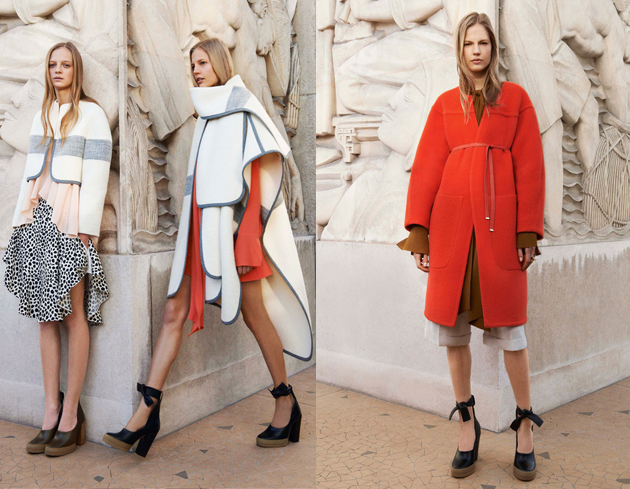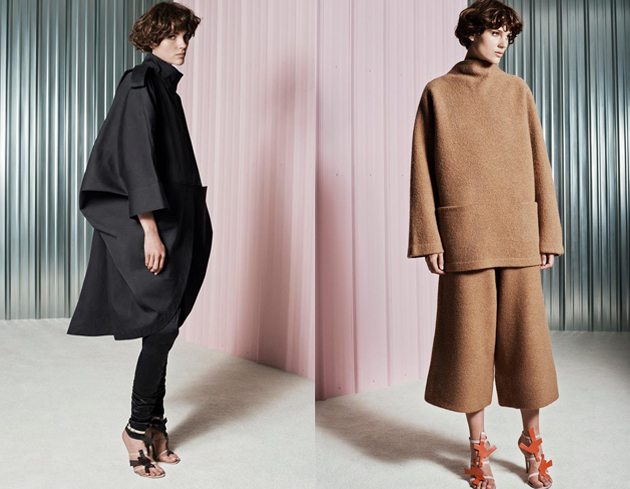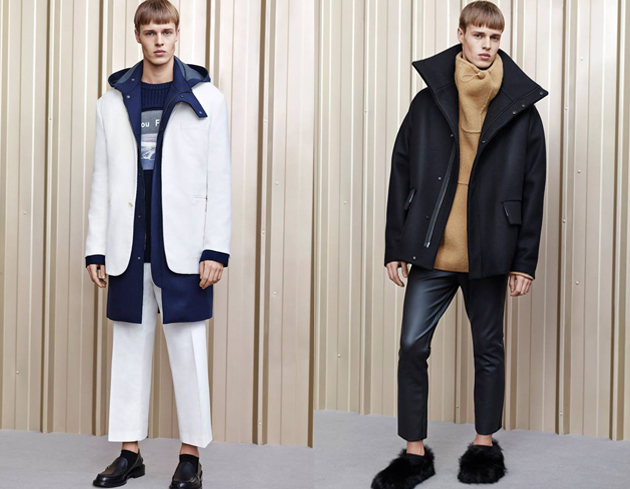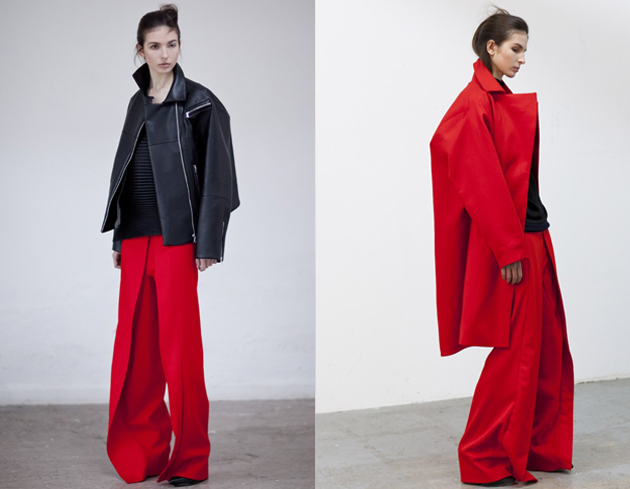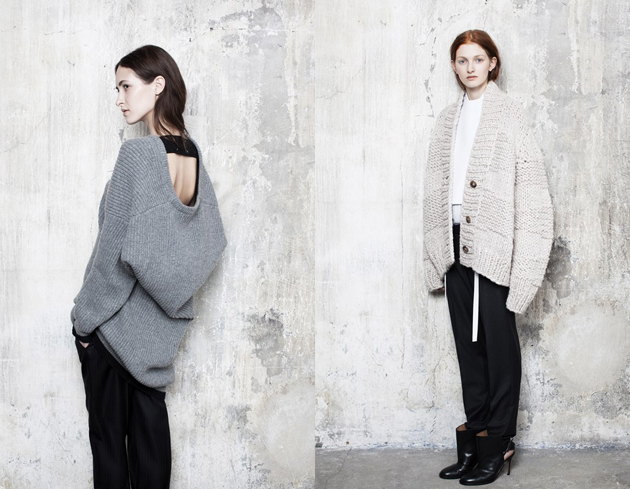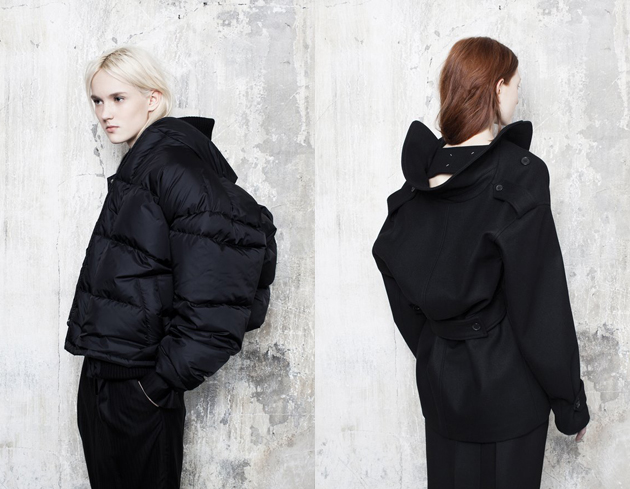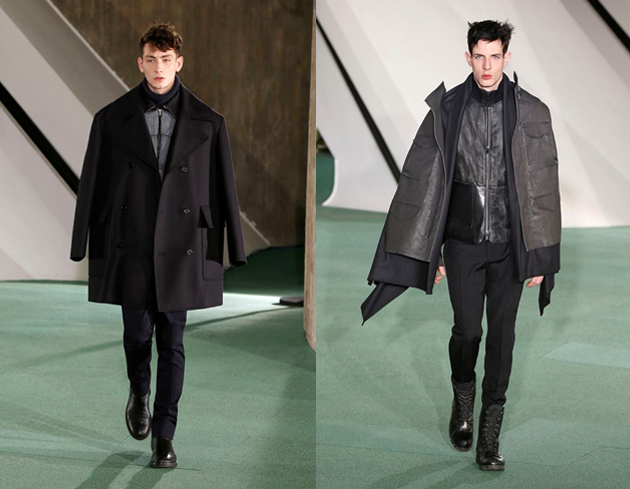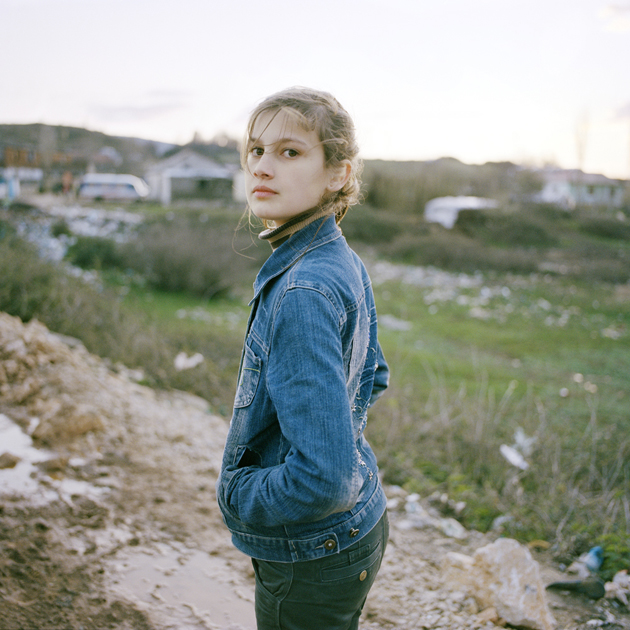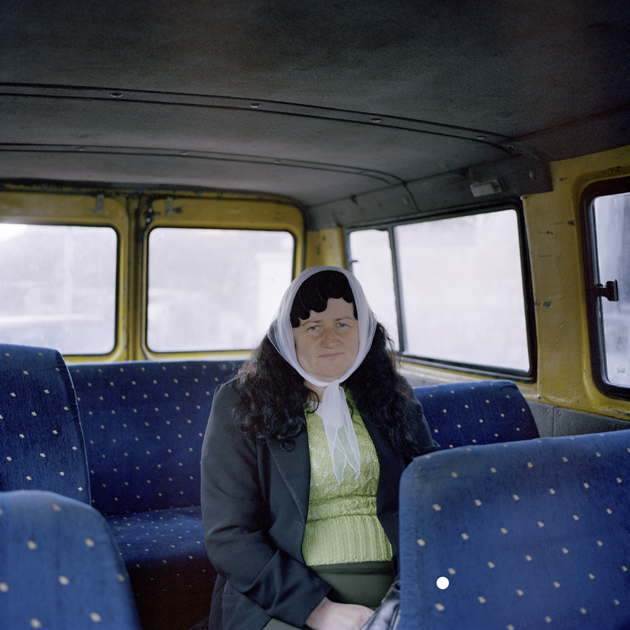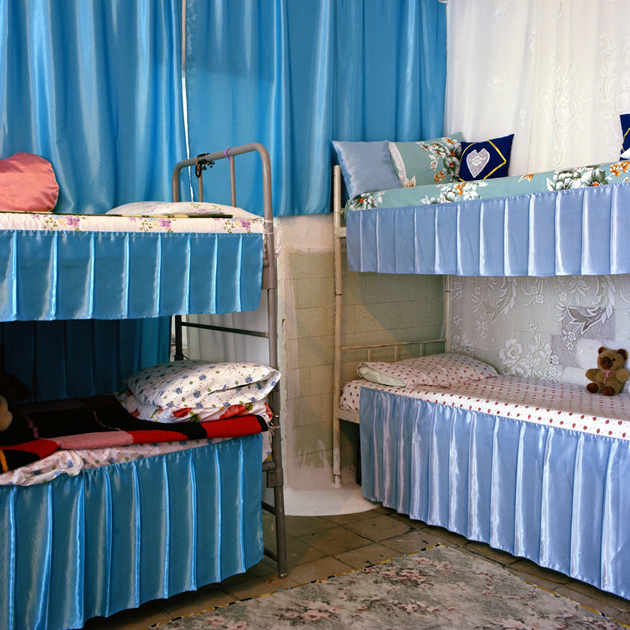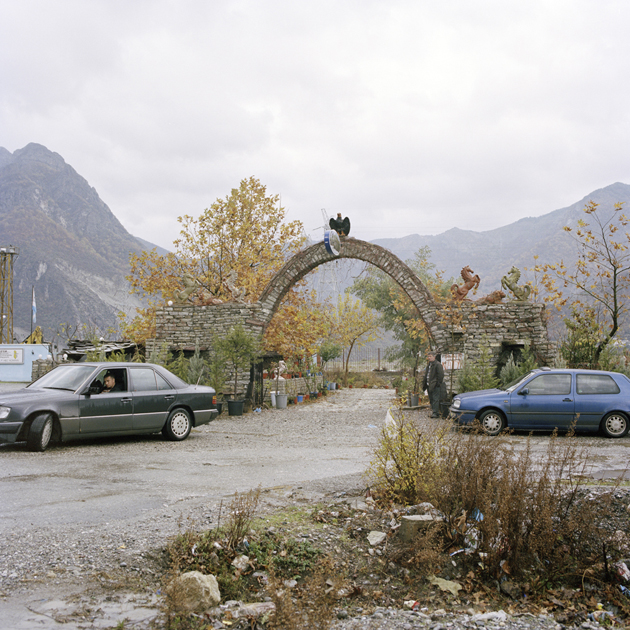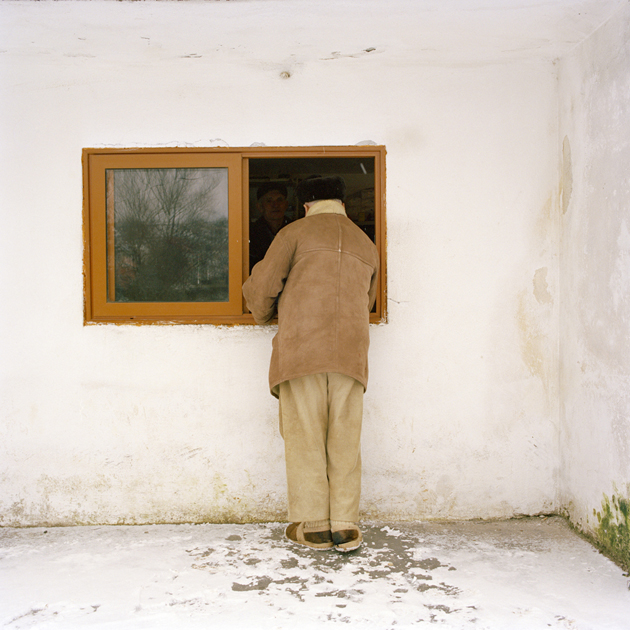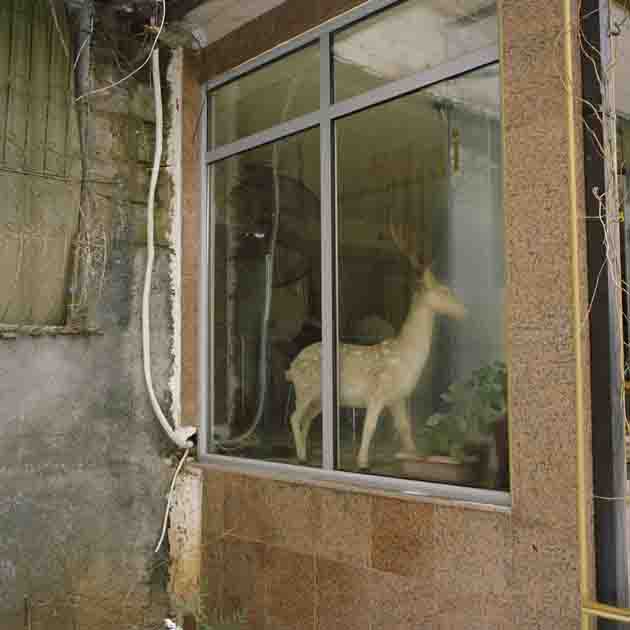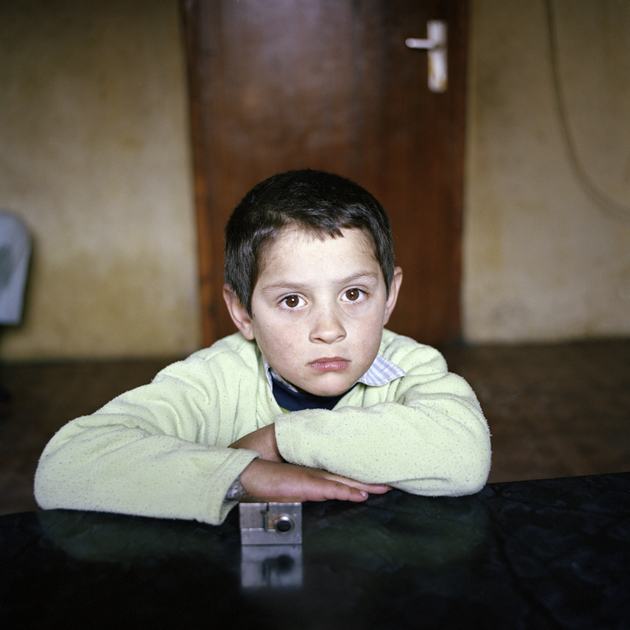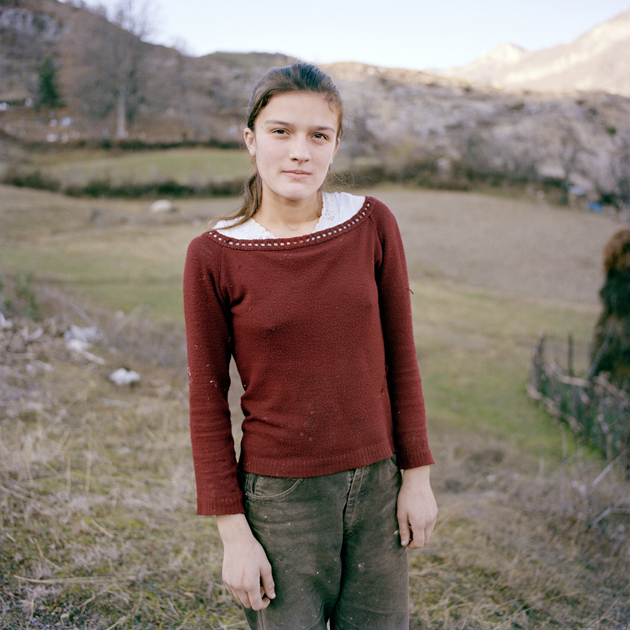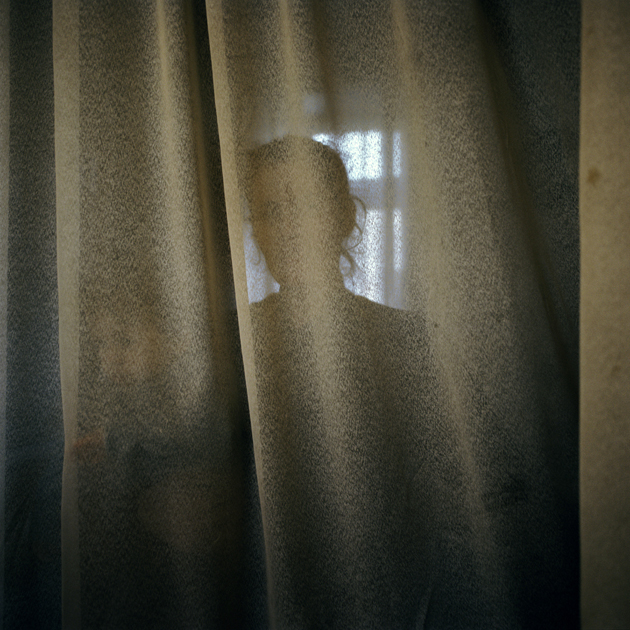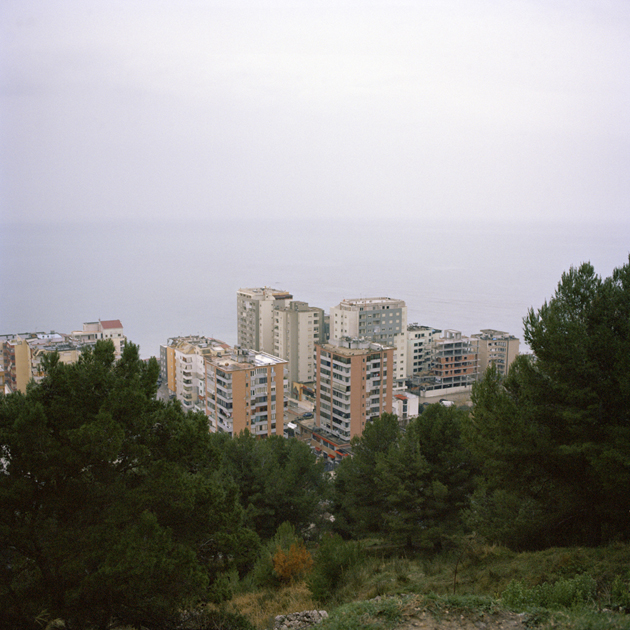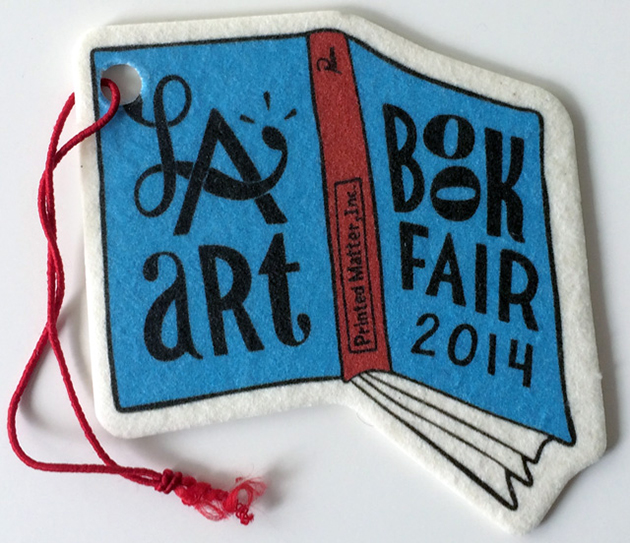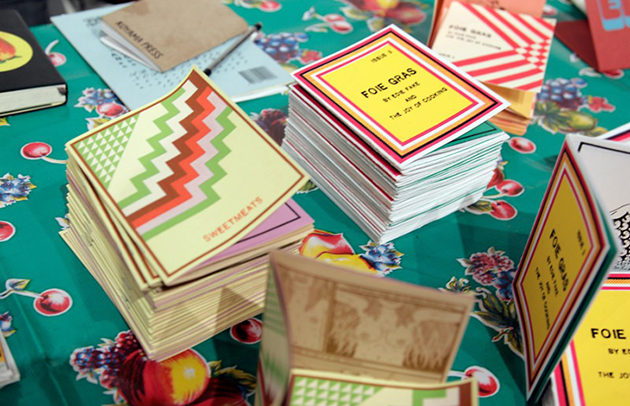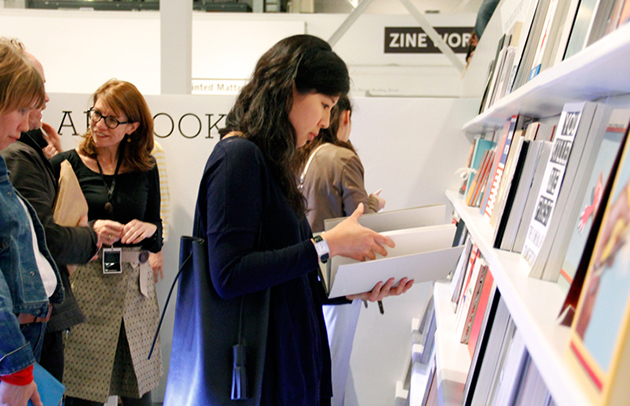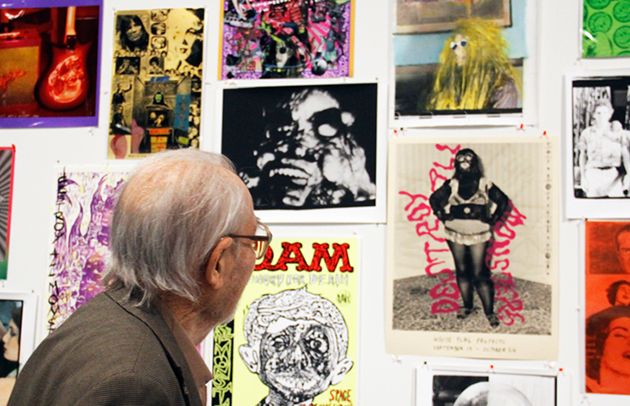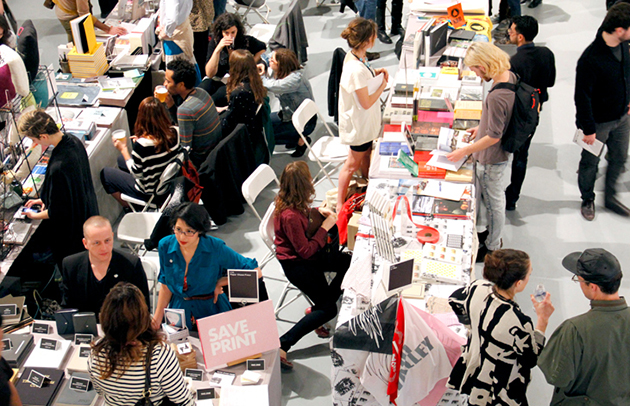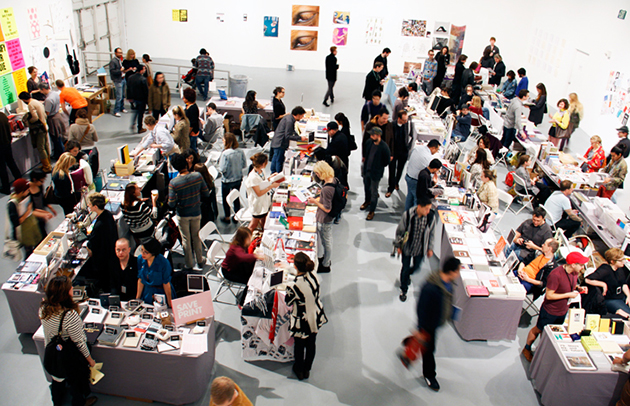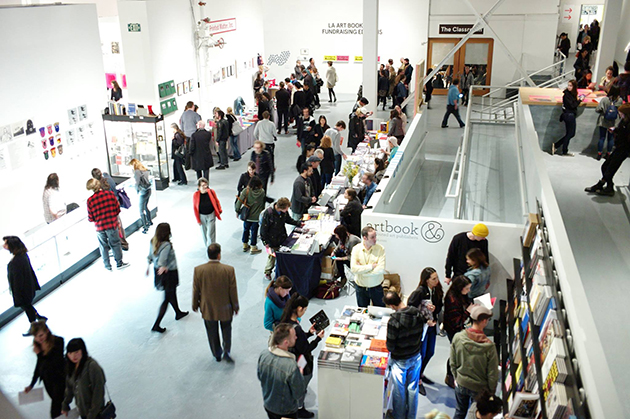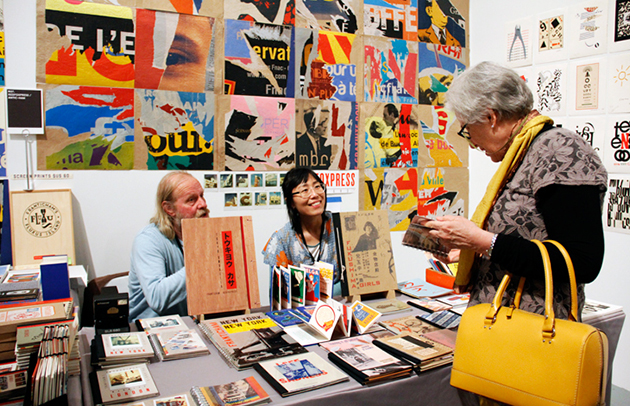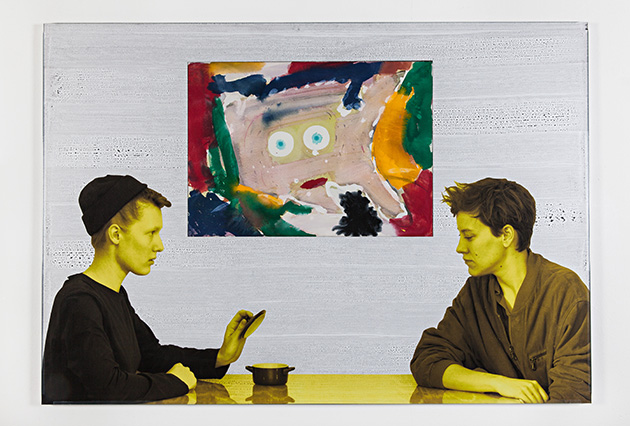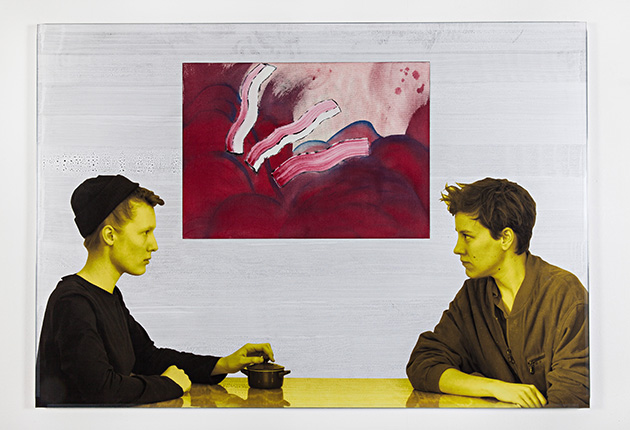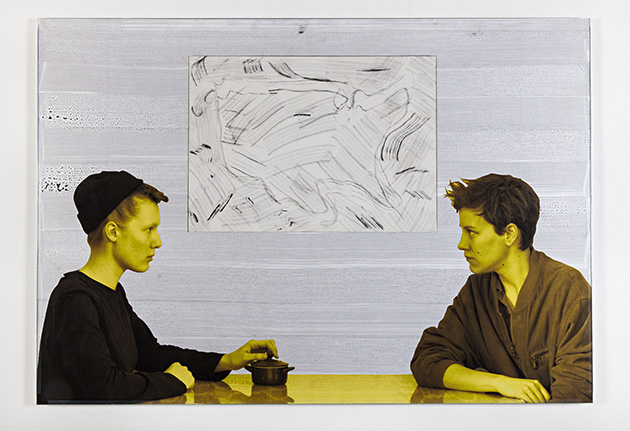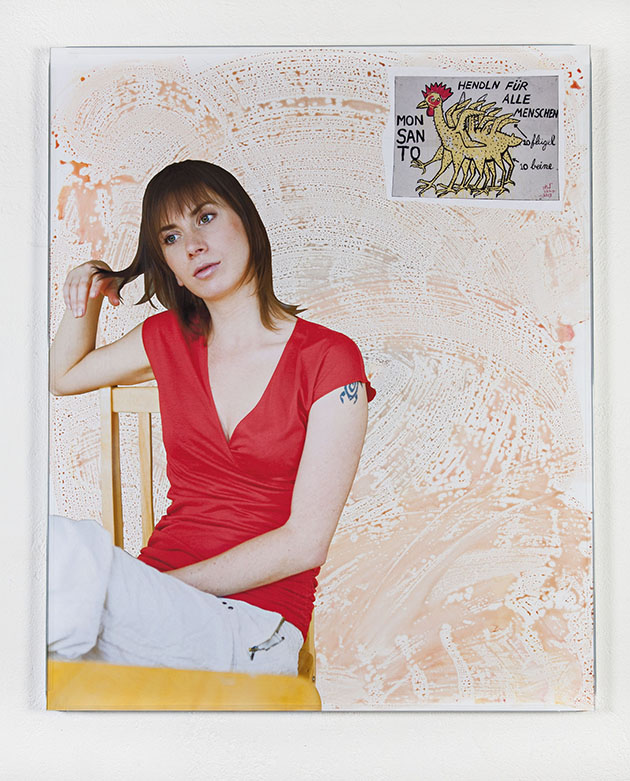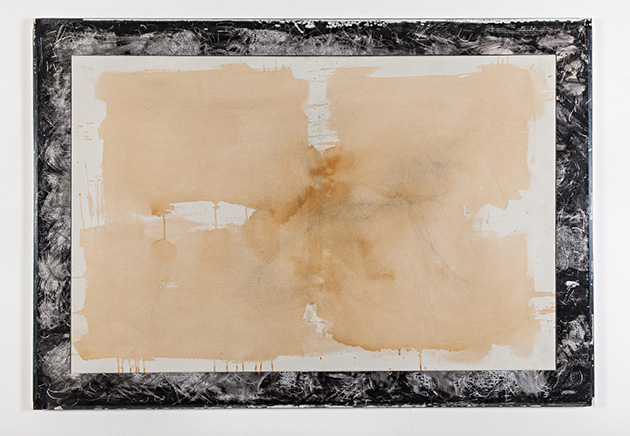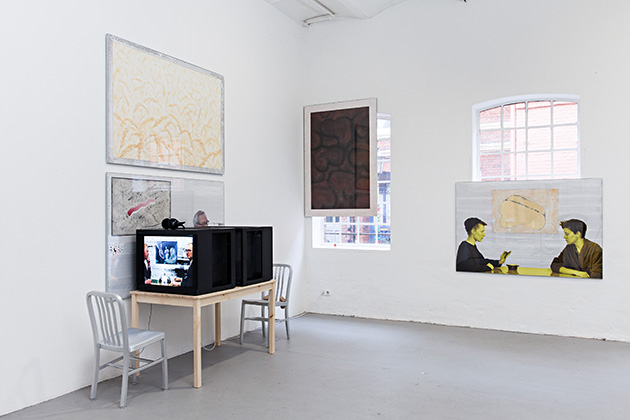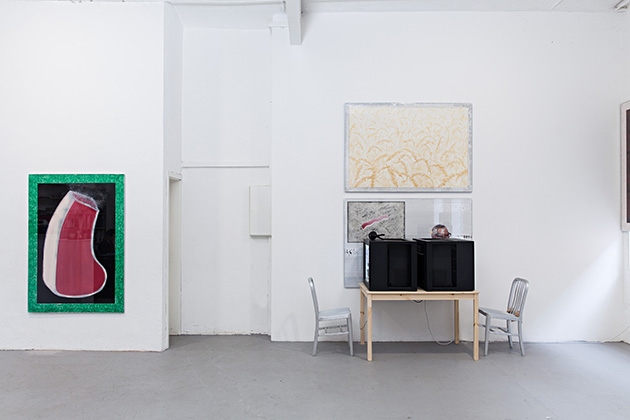Dimore Studio – aka Emiliano Salci and Britt Moran – embodies one of the most original voices of the new interior design scene. They recently developed Ontological Still Lifes (O.S.L.), a photographic enquiry (pictures by Silvia Rivoltella) about the search of new metaphysics through objects.
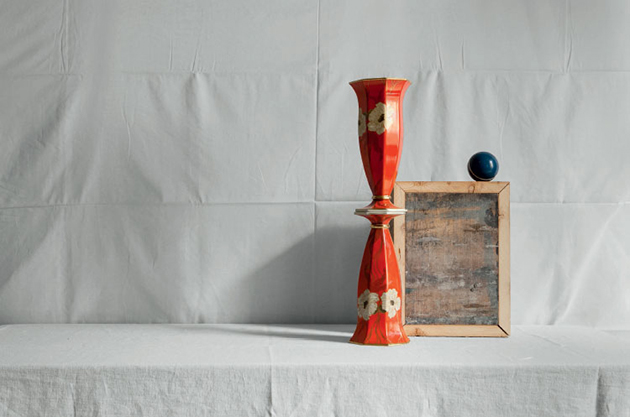
How did you conceive Ontological Still Lifes?
Our concept was to gather all these everyday objects to recreate a series of cabinets de curiosité with a neutral background. We contribute with Anew Magazine, providing them with a personal reinterpretation of everyday interior design.
The O.S.L. set has no artifice: the observer is immediately attracted by the folding lines of the sheet at the bottom.
We really wanted to give the pictures a grid, through the lines of the folds. We wanted to recreate something very linear, geometrical, to be broken with colourful vases or surrealistic objects.
Where did you find these objects? Were they carefully selected or do they respond to a sort of objet trouvé politic?
When you see an object, it calls you and then you know you will use it for a certain environment. What we have selected shares a certain Dimore Studio’s style, but at the same time we’ve tried to make it unique.
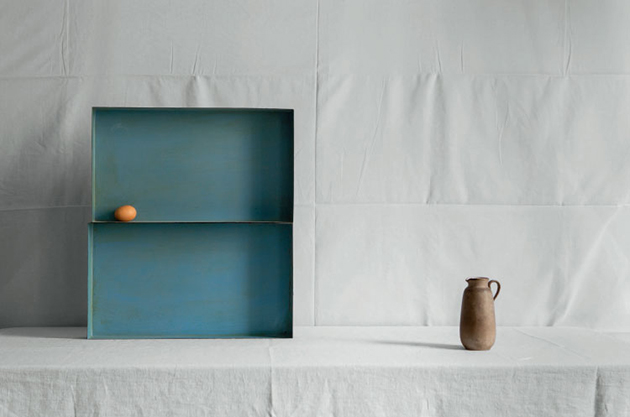
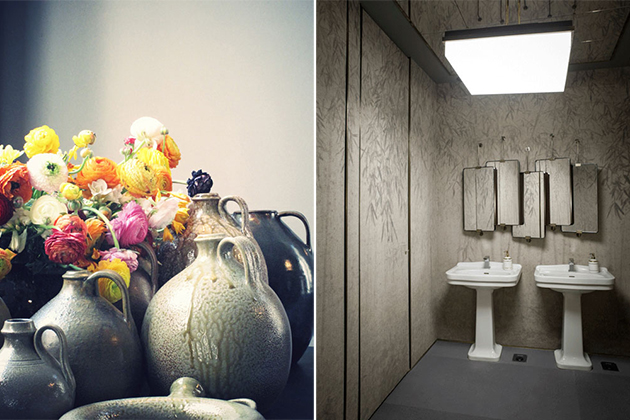
Like many other projects in your interiors portfolio, O.S.L. recalls an oxymoron, in this case the idea of “polished simplicity”. Is there any connection with the metaphysical spirit of this work?
It’s a difficult question, in our opinion the metaphysical concept is a kind of suspension in an image, a certain declination of the idea of still life: we recreated these images with a sort of Man Ray’s approach, we shoot and in that moment it becomes a fish out of time… That’s how we enjoyed working on this theme.
Do you ever feel the risk to become mannerist? How do you defend yourself?
We have very different clients: they want our style, they ask us to interpret a space or to find the right fabric, the right colour that may look predominant but that, when used on every wall, becomes the ideal neutral background for any object, piece of art or texture. That’s what our clients want, so that’s why we succeed not to repeat ourselves. Every project is different, and we change our inspiration also because we have a look at the latest fashion trends. And finally, our natural development: we are exposed to so many inputs and that’s very healthy.
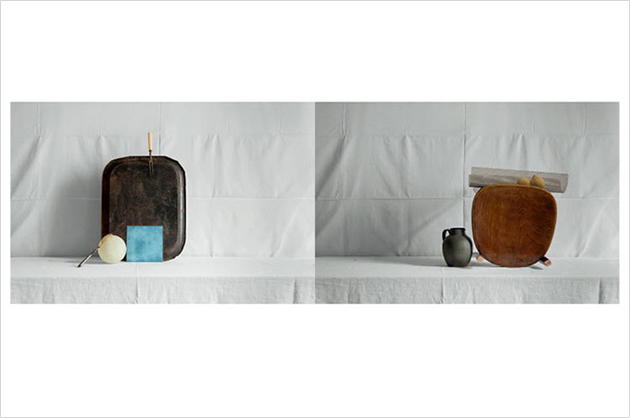
Maison&Objet has just nominated you “Designer of the Year of Interior Scenes”: what made you different from the other candidates?
The jury has been very generous. About this topic, somebody recently told me that our style was appreciated for its decorative identity more than for its architectural presence. Thus, from our point of view, we contributed to create an atmosphere, a mood that makes us different from the others. We’ve been lucky to have a commissioner that gave us carte blanche: we really dared in the interiors selection, but we believe that the overall result recreates a reassuring atmosphere.
